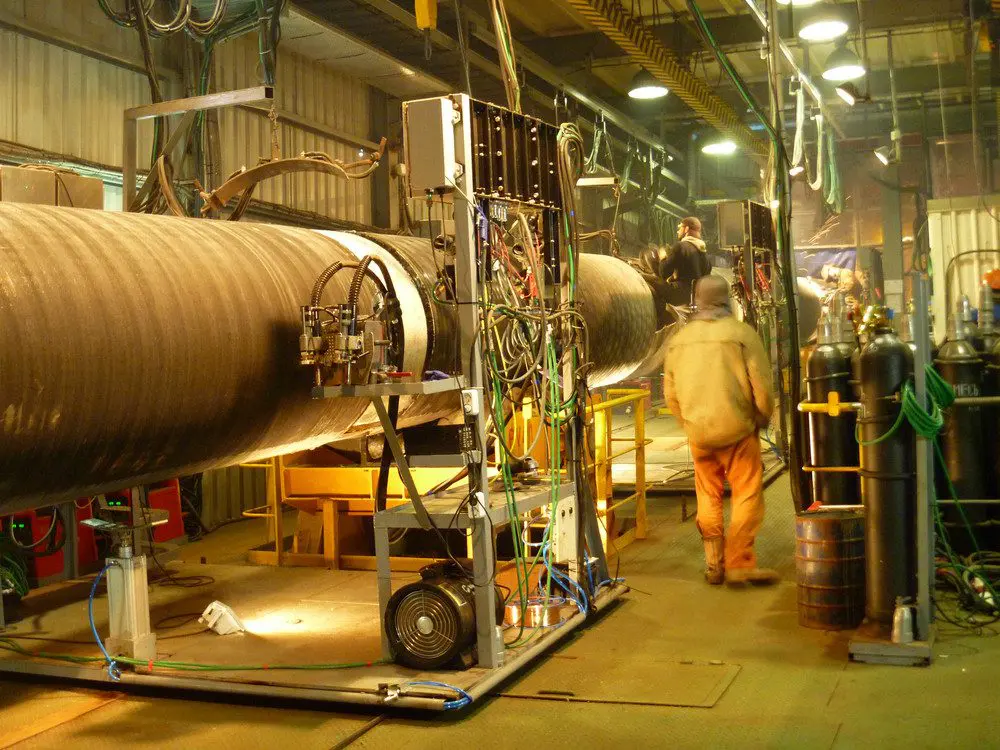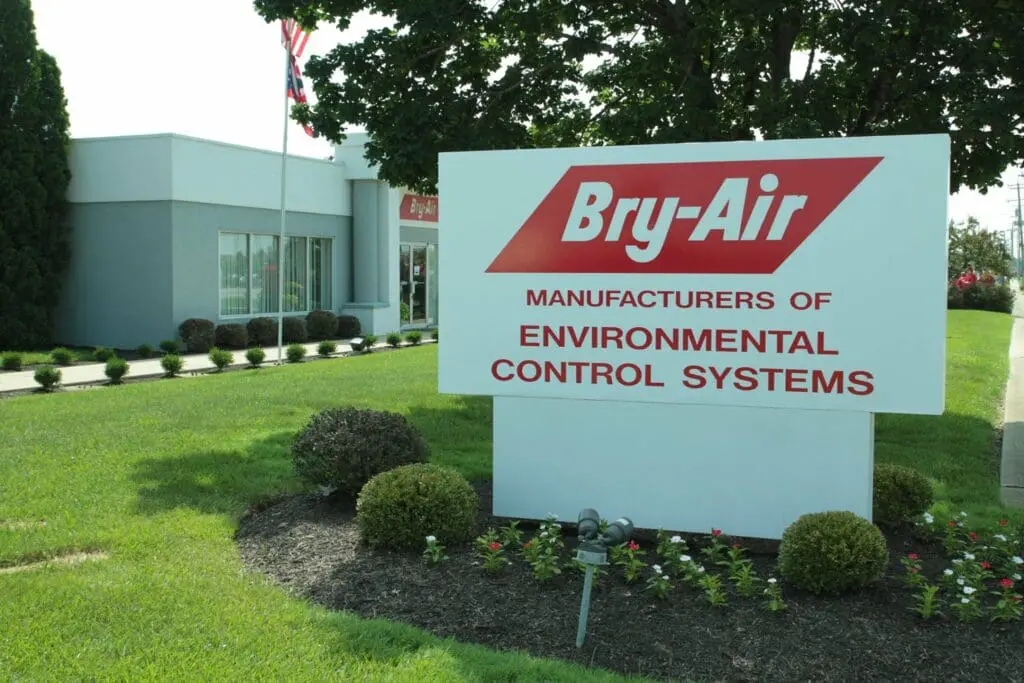Bry-Air, Inc. environmental control systems allow for consistent control to efficiently prevent the effects of humidity on products.
Improper drying and storage conditions in handling seeds can have an adverse effect on the life of those seeds. Loss in viability, discoloration, toxin production and growth of fungus can take place rapidly if proper preventative measures are not taken.
The Bry-Air Seed Dryer
The amount of moisture present in the seeds affects both the quality and the storability of the seeds during long and short term storage. Generally, drying seeds to 4%- 6% moisture content decelerates the rate of seed deterioration substantially. Consequently, a seed drying procedure is required that is benign to the seed; simple to operate and applicable for many different types of seeds.
The most economical and simplest solution is to release the moisture from the product to the surrounding air. This is best achieved by means of an adsorption desiccant dehumidifier. The Bry-Air, Inc. Seed Dryer, by maintaining the air at a lower moisture level, can increase the drying potential and drying rate. It also removes the variable of weather as a factor, while retaining germination viability.
The Bry-Air, Inc. Seed Dryer essentially consists of two parts; the first is a chamber fitted with perforated trays where the seed to be dried is placed. The number of trays varies depending on the quantity of seed to be dried and the size (CFM) of the dehumidifier. The second part of the system consists of the dehumidifier itself which continuously feeds dry air into the chamber containing the seed trays. The removal of moisture is based on the principal of physical adsorption. Through experience, it is found that to optimize drying capacity with minimum power consumption, and to retain germination potential in the seed, the air being introduced to the drying chamber should be at 100°F at 5% RH.
These seed dryers are based on state-of-the-art technology and I incorporate a unique air distribution pattern through the trays to optimize drying capacity and time. The seed dryers can handle 50 Kg up to 900 Kg of seed per eight hours depending on the model selected.
Seed Storage
The safe storage of seeds is important for several reasons. Of course seeds must be preserved for use as human and animal food. Seed viability must also be protected (germplasm protection) for various uses by the plant scientists who maintain a permanent reservoir of seed stock by establishing a seed bank. Some of the factors affecting the final quality of the seeds are:
- Treatment during harvesting
- Type of processing
- Method of drying
- Environmental control during storage, particularly temperature and relative humidity
Of the various points mentioned above, we will consider in greater detail the one very important factor relating to temperature and humidity control during storage of various types of seeds. Undoubtedly the two most important factors in determining the life of the seeds are moisture content and storage temperature. We have already discussed moisture content in seed drying. Let\\\’s take a closer look at seed storage.
Storage conditions depend on the projected future use of the seed. Seed storage has certain requirements which include protection from water, contamination, rodents, fungi, fire etc. However, relative humidity and temperature are the most critical aspects to keep in mind during storage. The two are actually interrelated. In short term storage their relationship can be expressed by a simple rule of thumb. Storage temperature (in deg. F) plus relative humidity should total 100. For instance, 60°F at 40% RH or 55°F at 45% RH or 65°F at 35% RH. In most cases the dew point to be maintained inside corresponds to approximately 35°F. This is a good design condition for short-term storage.
For long term storage, the temperature and relative humidity considerations are slightly different. Moreover, seeds stored for germplasm preservation must be stored under very controlled conditions. If the storage temperature does not exceed 50°F and the RH is not higher than 50%, most species of seeds will retain their full initial viability for a few years. Many seeds will retain good viability for 20 years or more when stored at 35-40°F and 40% RH. There are several methods of control currently being used throughout the world.
Conventional Systems
Large seed storage facilities are often built without climate control because of the costs associated with air conditioning. Small facilities are often air conditioned, but seldom humidity – controlled beyond the limited capacity of air conditioning. In both cases, seeds can readily absorb moisture from the air, which shortens seed life and promotes the growth of fungus.
One method of minimizing the problem is to package the seeds in vapor-proof bags. This can work effectively in some situations, but it does have some limitations. Bagging the seeds limits moisture absorption, but if the seeds have not been uniformly dried before packaging, sealing them in bags can accelerate deterioration. This is especially true in unheated storage structures. The excess moisture will condense on the inside of the bag when it is exposed to low temperatures. This provides liquid water to the seed grains near the bag wall, which rapidly begin to grow fungus. Bag sealing is also expensive and limits flexibility.
Another alternative is humidity control through air conditioning. The limitations of this method include initial cost, operating cost and the degree of dryness which can be achieved. An air conditioning system must be substantially oversized, and include expensive reheat energy to become an effective dehumidifier for low humidity environments. It is quite costly to install and operate. In general, air conditioning systems cannot reach the beneficial low humidity levels required for seed storage. At low temperatures and levels of humidity, cooling coils freeze up. Clearly, a better and more efficient solution is required. The answer lies in desiccant dehumidification.
Desiccant Dehumidification
Seed storage facilities protect a very large investment. The costs of seeds are high, and in research applications, the seeds may be irreplaceable at any cost. Thousands of dollars and hours of costly effort can be lost at a single stroke when fungus and mold attack seeds in storage. What is the reason for this damage? Too much moisture in the seeds combines with warm temperatures to provide an ideal environment for microbiological growth.
Bry-Air, Inc. desiccant dehumidifiers control the air around the seeds so they cannot absorb excess moisture that can lead to fungus growth. This ensures protection of the seeds at any temperature without freeze up problems or loss of efficiency.
Benefits of Dehumidification
- Extended Storage Life
Seedsmen report a tripling of storage life in the low relative humidity environment provided by Bry-Air, Inc. desiccant dehumidifiers. - Improved Indoor Air Quality
When fungus is eliminated, the working environment for the employees improves dramatically. Dry environments can reduce the microbiological growth to less than 1/10th of the growth in a building with similar humidity levels. - Insure Safe Cold Storage
Seeds last longer at low temperatures. Because Bry-Air, Inc. desiccant dehumidifiers work equally well at high and low temperatures, one can store seeds at any temperature without having to worry about high humidity. - Avoid Costly Re-Packaging
Since the Bry-Air, Inc. desiccant dehumidifiers prevent moisture regain, there is no need to invest time and money to repackage seeds in vapor-tight bags. Producers can literally save thousands of dollars and hundreds of hours annually. - Reduce Winter Heating Bills
Storing seeds at low relative humidity saves energy, extends seed life and prevents storage losses. These benefits save thousands of dollars every year.
The low temperature capability of Bry-Air, Inc. desiccant dehumidifiers allows one to turn off the heat in the storage facility completely, and still maintain control of the relative humidity in the space. There is no need to heat the building to control humidity or prevent condensation. Bry-Air, Inc. desiccant dehumidifiers take care of the problem much more efficiently than a heater.
Since Bry-Air, Inc. desiccant dehumidifiers will not freeze, they work as effectively in winter as in summer to protect stored seeds. Heating and cooling equipment can be used for its primary purpose, temperature control, and Bry-Air, Inc. desiccant dehumidifiers can insure a reliable, efficient, low humidity environment.













